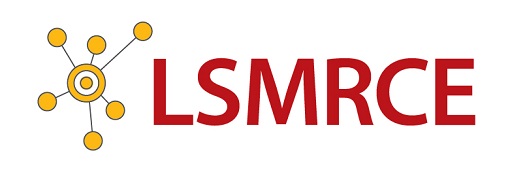Author introduces the main subject and purpose of the research/project,
indicates why the research/project is important, and places the research/project in a larger topical context (introduction).
Author describes data sources and methods of data collection and convinces the reader that the methods employed were appropriate to the research/project (methods).
Author describes what they learned, providing outcomes for the main results or an explanation for why no results were achieved.
Author relates the results to the research/project question (results).
Author describes the correlation between the research/project and its results, and the conclusions, anticipated or final, that they draw from the research/project.
Author describes how their work will contribute to the field(conclusion).

